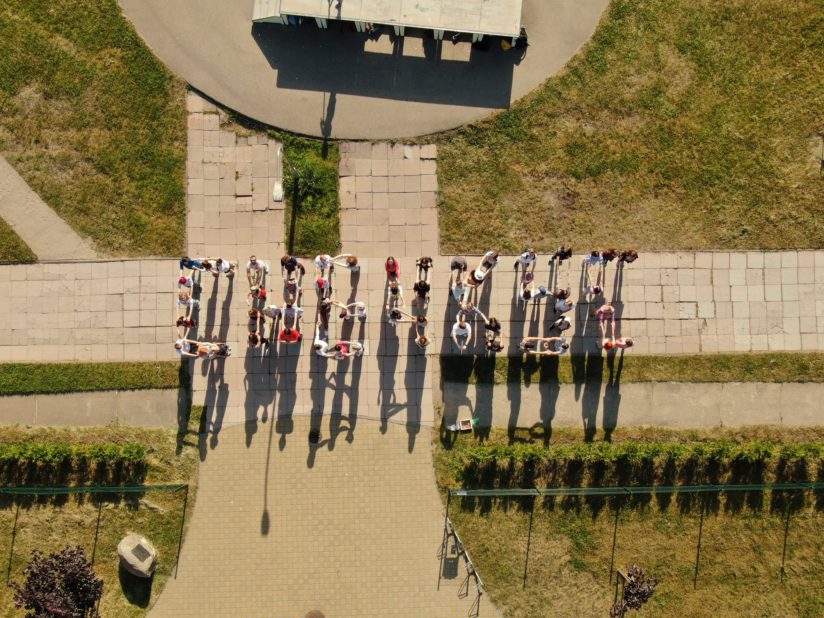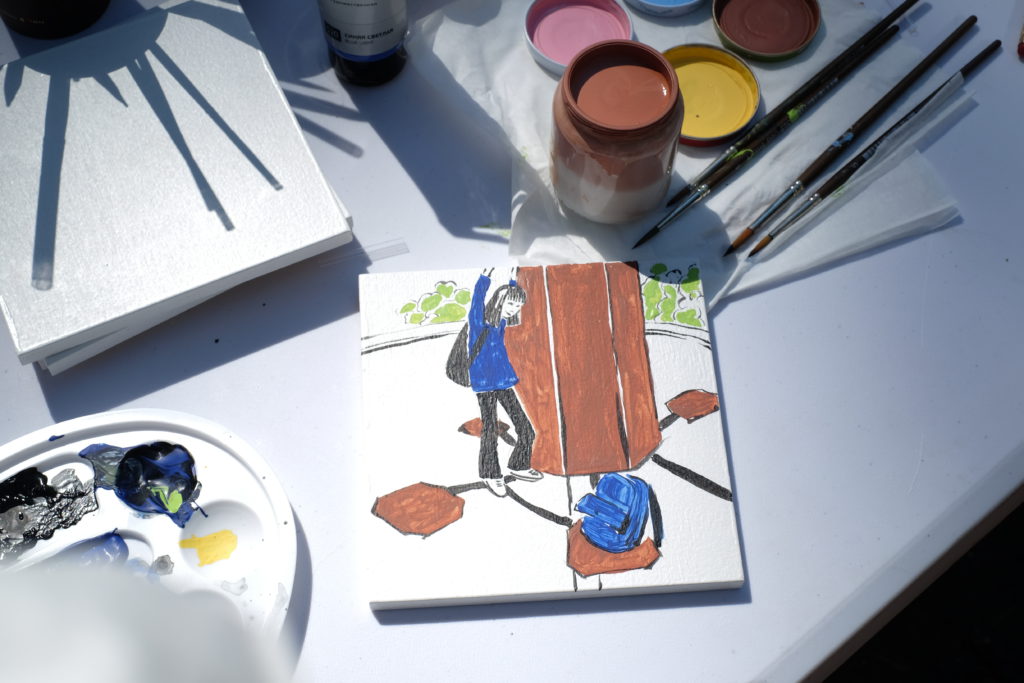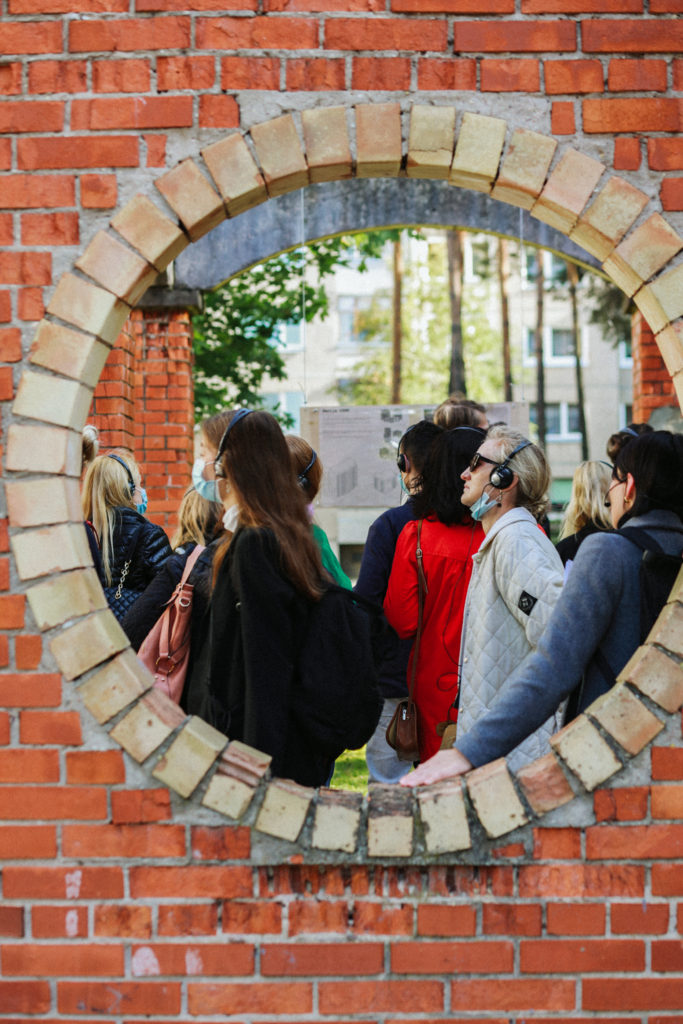 Case studies
Case studies
- Where: Visaginas city, Lithuania
- Type of space: municipality, residential district consisting of large blocks of flats, green area, industrial area, degradated
- Number of residents: 18 024
- Area size 9 km2
- Organisers/authors
non formal group of cultural workers, artist, activists, urbanists
Case Study
Visaginas stories
Re-crafting the narrative of the city by unveiling its multi-layered identity
What happened?
Visaginas is the youngest city in Lithuania, founded in 1975. It is a peculiar place in terms of history, urbanism, its multiethnic community, economy, and cultural life. It is known as a post-nuclear town. It was a former mono-industrial satellite settlement for the Ignalina Nuclear Power Plant. After the global success of the TV-series Chernobyl from HBO, Visaginas became a tourist attraction, opening-up for the outside world. Yet, it still faces a crisis of identity. The core format of the project are the stories collected, formulated, and communicated throughout the project. They relate to various cultural contexts and use different artistic expressions and aesthetics. They are placed in the context of underused public spaces in the city.
- Who can help?
- cultural institutions
- tourism organisations
- business incubators
- arts and culture department
- senior clubs

Why?
A critical issue in Visaginas is the question of identity. With the ongoing closure of the power plant representing a slow and steady decline, a sense of abandonment could easily dominate the city. The Soviet Union unified all nationalities for a common goal, the creation of a power plant. That unifying identity is now lost. The overall aim of the project is to foster a sense of community and intergenerational relationships.
Visaginas is a very compact and walkable city (9 square km) with many green and public spaces, all of which are underused. A secondary aim is to transform public places into cultural spaces via open-air galleries, community activities, and artistic interventions.

How? (tools & methods)
- Visaginas’ overall project structure was mapping > visioning > designing > implementation. It was necessary to understand the present and changing socio-cultural setting of Visaginas, its community, local authorities, and key actors.
- The mapping and visioning was also a part of the implementation step as a tool in the cultural activities with communities, for example, developing an alternative guide and collecting local stories. Designing was also implementation as they worked with a participatory-based design process.
- Among methods used during the process there were walks, inwerviews, cultural events for families, urban game, art residencies. A series of walks and interviews called First-hand stories broguht together different generations of residents. After an audio walk around a city with live storytelling, excerpts from interviews, and field recordings participants met elderly people representing the first generation of Visaginas’ inhabitants.

For whom?
- The project intention was to work with key groups:
- the elderly
- youth (teens)
- and thirdly, the community in general.
- Elderly people were involved as storytellers and the youth as creatives. In particular, the youth and seniors were the target audience for activities on our themes of identity and cultural memory. Other community members were mostly involved in public activities on the topic of public space and sense of place.
- How much time is needed?
- 9 months of mapping
- 7 months visioning with continiued mapping
- 7 months of designing and then redesigning
- 10 months of implementing and co-desining
What should you be aware of?
"Working together with people is quite unpredictable." What the organizers imagine does not always coincide with the participants' own interpretations. Therefore, in any activity there will always be certain corrections/ adjustments to the tasks, process, and results. Different creative task interpretations and factors such as the participants' time and energy, clearly influenced the outcome. Sometimes the outcomes are not manifested or completed. Nevertheless it is important to recognize that the community’s participation itself should be seen as a result."\
What worked out?
Bringing together first generations of residents with younger groups provided a a sense of shared history.
- Curators:
- "The most exciting response was the fact that even adults living in Visaginas for more than 30 years admitted not knowing so much about its history. Some came back with their own stories. Local storytellers at first did not believe that their story could be interesting, but they left uplifted and with a sense of purpose."financial project reporting, including reports to partners
